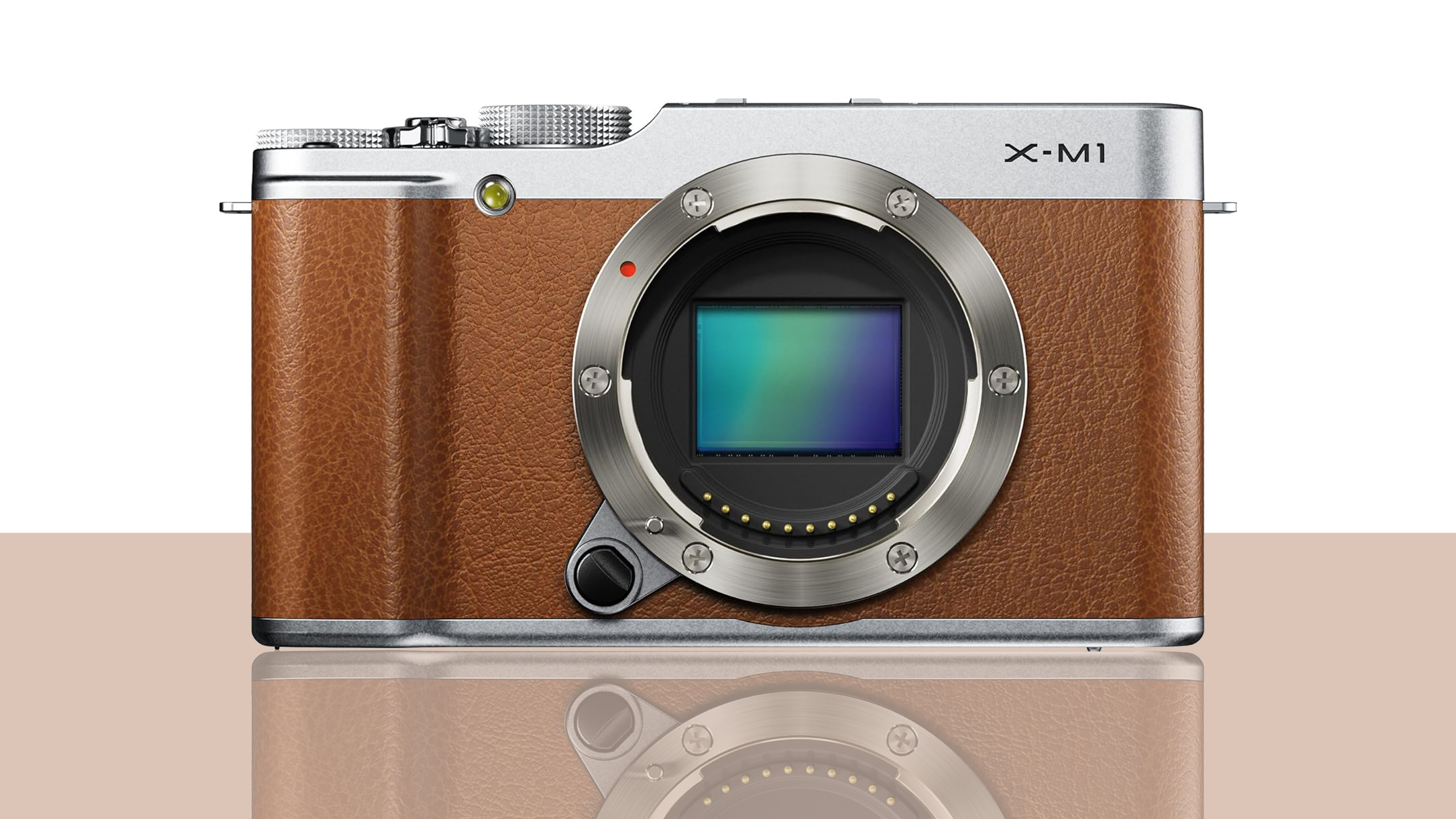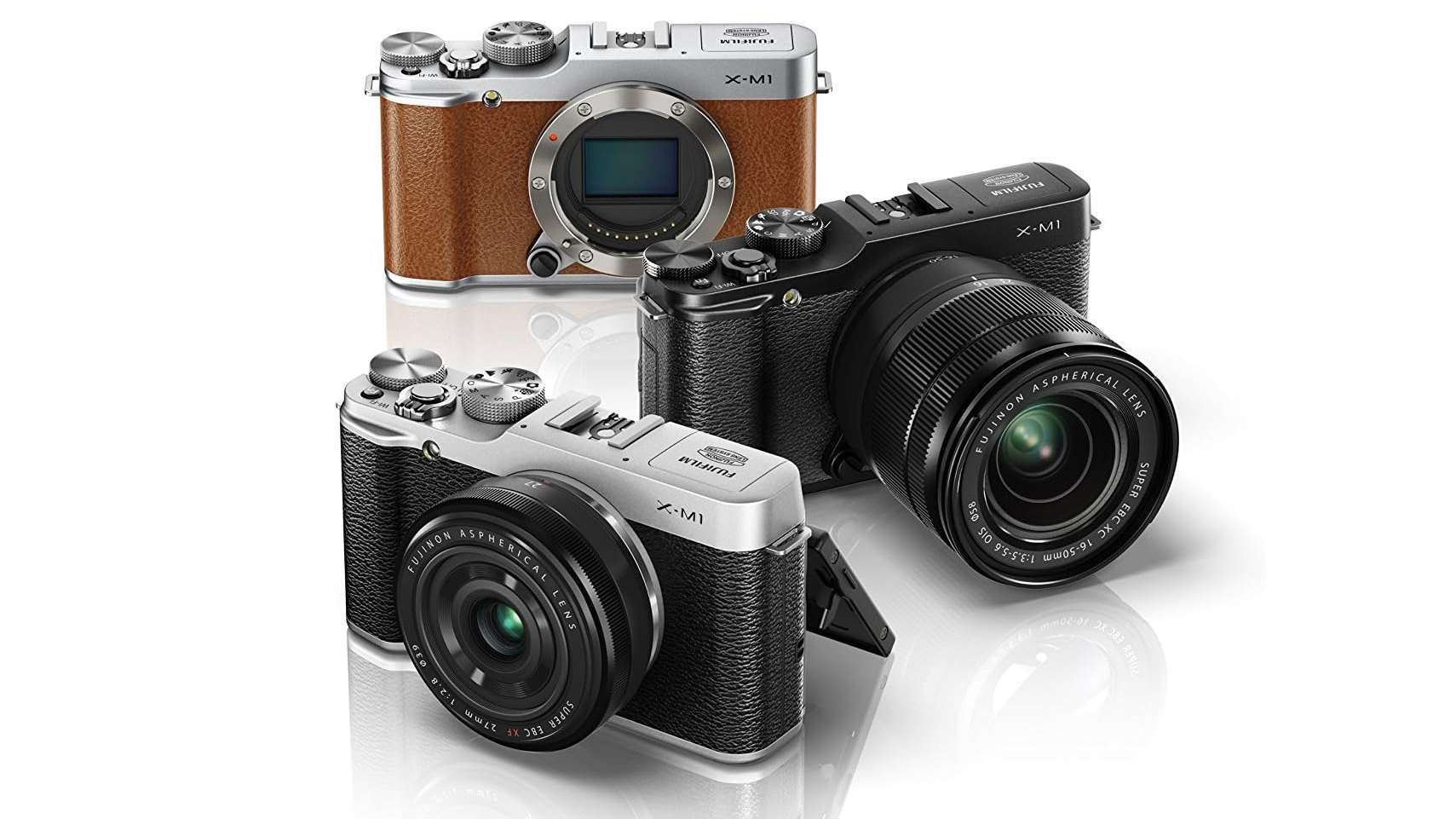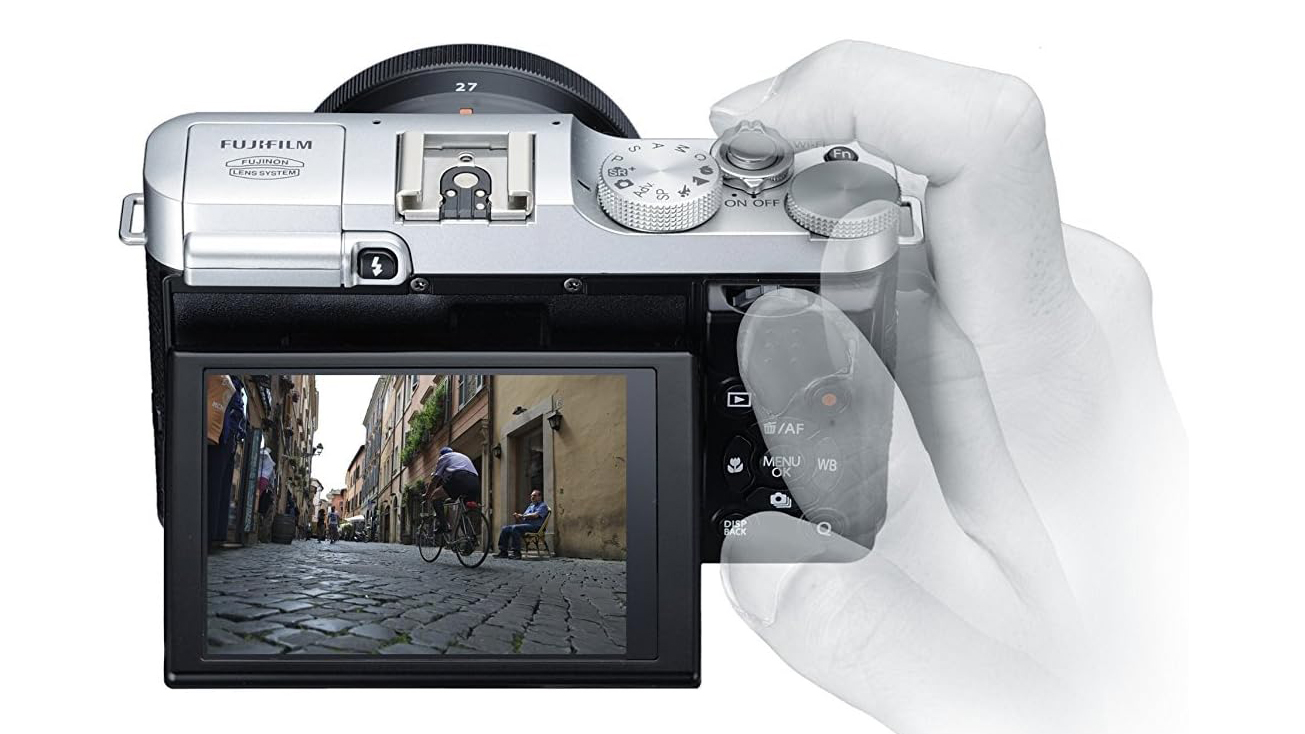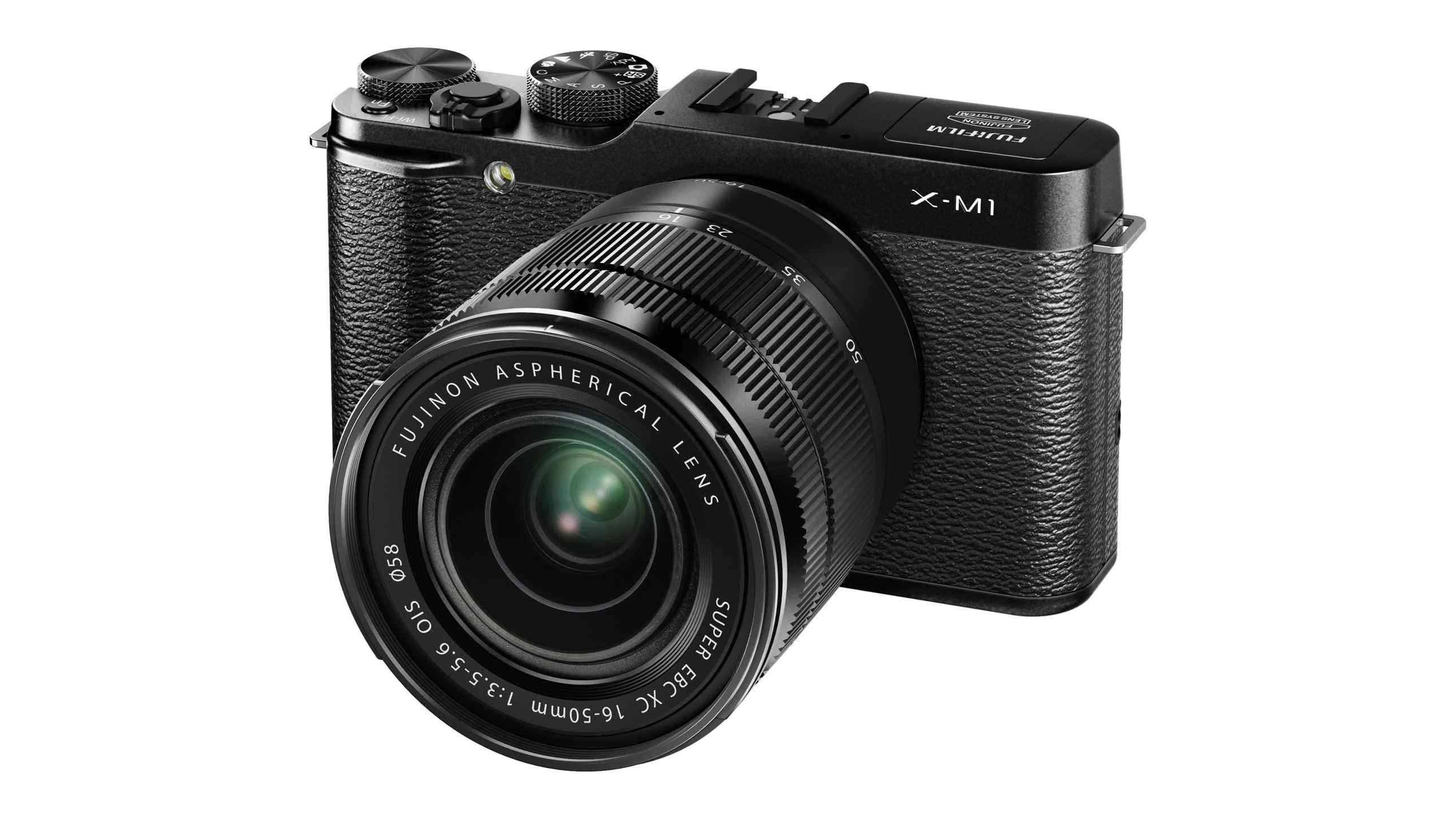
The Fujifilm X-M1 was launched in what feels like a very different world when it comes to cameras.
In June 2013, mirrorless cameras like the Fujifilm X-M1 were regarded very differently. Still not taken seriously by a large swathe of the industry (which insisted on calling them "compact system cameras"), Canon and Nikon released half-hearted bodies that garnered half-hearted applause, and we were still months away from Sony changing everything with the launch of the A7.
The mirrorless dream was also a very different one, back then, and it was epitomized by the Fujifilm X-M1: powerful, pocket-sized cameras that offered compactness without compromising image quality – promising a future that was smaller and sleeker than the hulking DSLR dinosaurs.
While its contemporary Micro Four Thirds cameras from Panasonic and Olympus were still slightly smaller, thanks to the more petite sensors, the X-M1 was Fujifilm's smallest ever X system camera – even tinier than the entry-level X-E1, but packing way more firepower. And its size was, and remains, its most desirable feature.

While its great, great, great, great-grandchild, the Fujifilm X-M5, has become the entry-level X camera of today, the X-M1 was a midrange marvel. Its 16MP APS-C sensor delivered enviable detail and crispness. And while its FullHD 30p video was a little creaky even at the time, for photos this is still a very capable camera even today.
And it's still a very cool-looking one, too. The Fujifilm X-M1 looks retro even by the company's own standards, particularly in my favorite brown leatherette finish. I dare say it's even prettier than the X-M5, thanks to its protruding controls.
Like the X-M5, it lacks an electronic viewfinder as well as the signature aperture and shutter dials. And of course, it lacks its progeny's Film Simulation dial – though it still possesses Film Simulations, albeit a more embryonic selection of Provia, Velvia, Astia, Pro Neg Hi and Std, and Black and White.

Stripping away the EVF and exposure dials, combined with some fantastic engineering, enabled the designers to make the Fujifilm X-M1 positively tiny at just 117 x 67 x 39mm and a mere 330g. This pocketable frame makes it a compelling option even today, as more and more folks look for an "everyday carry" that's more in line with a compact camera in terms of size.
The importance of resolution is really overblown for most folks, whose photographs end up on a website or social channel rather than printed and put on a wall – though this 16MP APS-C sensor is more than capable of producing great prints.
The only things that are really lacking for me are the autofocus system and burst mode. Fujifilm's AF has always been a step behind the competition and, while it's rapidly catching up in 2025, the contrast-detect technology of the X-M1 is a little on the slow side. This doesn't really affect the continuous shooting, though, which locks AF and exposure during its 5.6fps bursts.
As an everyday carry, or even better a street photography camera with a manual lens, though, the Fujifilm X-M1 is as delightful today as it was 12 years ago. I only wish, in an era where even Micro Four Thirds cameras are now the size of full-frame bodies, that more manufacturers would release these pocket-sized wonders. God bless the X-M5 for being one of the brave few to keep the old mirrorless dream alive.

You may also like…
Take a look at the best Fujifilm cameras (and the best Fujifilm lenses) to see what the X system offers today. And check out my colleague Gareth's full Fujifilm X-M5 review to see how the grandkid is doing!







